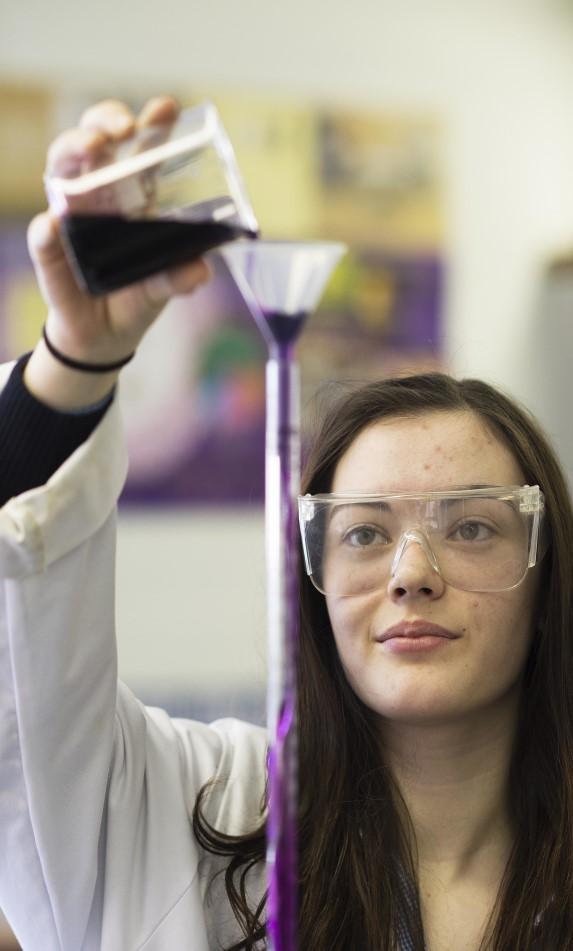
1 minute read
What is a science fair project?
A science fair project is an investigation that is carried out to solve a problem or answer a question.
You should:
follow what is called the SCIENTIFIC METHOD
keep a REPORT BOOK. Write down all the steps of your investigation
RECORD ALL YOUR RESULTS as you go along
DISPLAY what you have done
Follow the steps of the Scientific Method
1. Look at the world around YOU. 2. Ask a question. 3. Carry out lots and lots of research. 4. Write down your hypothesis. A hypothesis is a guess about how things work.
STOP HERE AND ASK YOURSELF
Kita Vallely, Dominican College, Taylors Hill, Galway at the launch
CAN YOU test it, record data, and draw a conclusion? of SciFest 2015
If the answer is no to any of the above you need to go back and look at your hypothesis again.
5. Draw up a timetable and an experimental plan. 6. Test your hypothesis by carrying out experiments. 7. Write down what you see. This is called data. 8. Examine the data. This gives you the results of the experiment. 9. From the results, decide whether or not your hypothesis was correct. This is how you reach conclusions. 10. Now that you are an expert on the topic are there any recommendations you would like to make? 11. Don’t forget to mention if your investigation has a real-world application. 12. Design your poster (visual display). 13. You are now ready to present your project.
What is a FAIR TEST?
It is very important that your experiment is a FAIR TEST. To do this you must: Only change one thing (variable) at a time while keeping everything else the same Repeat the experiment a number of times
Remember
To make a timetable. Each of the steps will take time — some more than others. You might have to ask your teacher to order special chemicals or you may have to visit an IT or a university to carry out some of your



